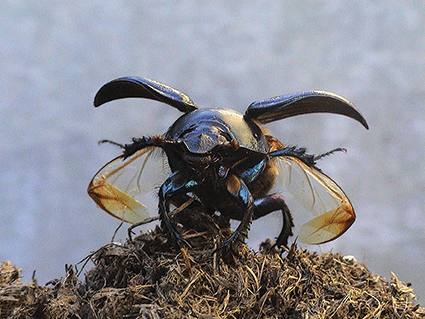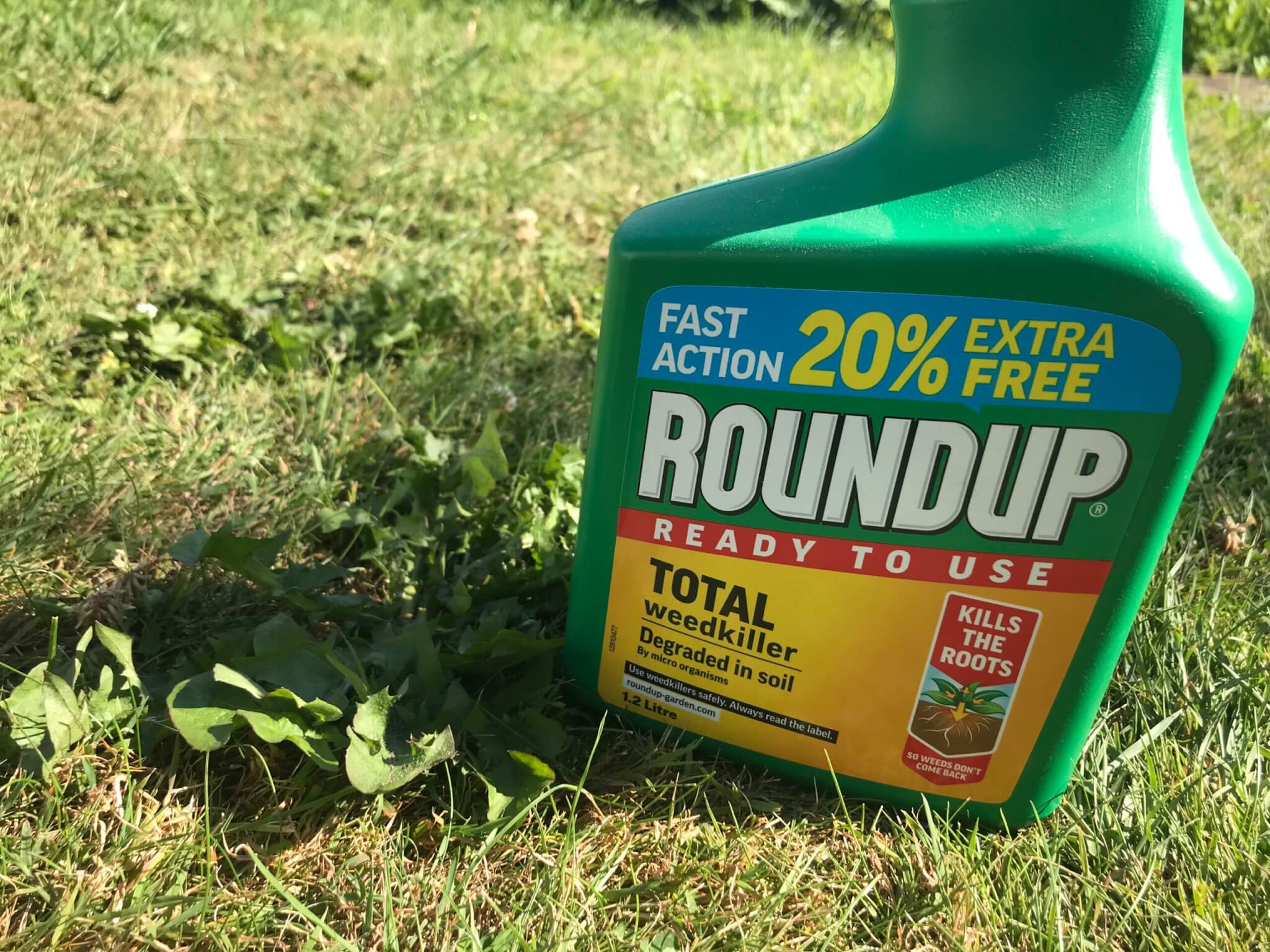It’s hard to believe it’s all about the cowpats. But for one species of British bat, cowpats, or rather cowpats from organic cows, can be a vital factor in their survival.
Greater Horseshoe bats, one of Britain’s 18 species and named for the horseshoe shape on their nose, rely on dung beetles for their young to feed on. But dung beetles are facing a purge of their own thanks to a powerful cattle wormer used by non-organic farmers, which passes out into the cowpats and effectively kills off any other insect life.
“Like all British bats, Greater Horseshoes only eat insects,” explains Anna David, of the Devon Bat Project. “When the young bats, called pups, are first flying, the food type they really need is dung beetles. If they can’t find them, that’s really problematic because they need to fatten up in time for their first winter.

“The link with organic farming and dung beetles is quite important because any kind of wormer product is essentially an insecticide. One particular class of wormer, known as ivermectins, is probably the worst because it doesn’t get metabolised by the animal,” she says. “So about 95 per cent of this really powerful insecticide, designed to kill worms and certain types of insects, is ending up in a cowpat. When dung beetles eat it and lay their eggs in it, a large proportion of them won’t survive. And if that happens again and again, that local population will die out.”
Despite these challenges, in one corner of the UK there is a thriving colony of both bats and dung beetles thanks to a cluster of organic farms where chemical wormer is tightly regulated, and a landscape that doesn’t lend itself to intensive farming.
In fact, south Devon is home to the largest colony of Greater Horseshoe bats in the whole of Europe, with 3,000 of them – a quarter of the UK population – roosting close to the small town of Buckfastleigh. “Devon is a stronghold for Greater Horseshoe bats. It’s down to how farmers and landowners in this area manage their land, which is key to the bats’ habitat,” says David.

Down the road is organic veg box company Riverford’s Wash Farm, and in the local area are many organic farms belonging to the South Devon Organic Producers, a cooperative supplying Riverford’s veg boxes.
“We’re quite lucky around Buckfastleigh in that there are quite a few organic farms,” adds David, who explains that bats are useful as an indicator of landscape health.
“If you’ve got a big population of Greater Horseshoe bats, then it is quite a good proxy for knowing that your environment is relatively good. Because they’re quite big bats, and they eat a lot of these insects that are also vulnerable,” she says.
Then there’s their role as a handy pest control. “The most common three bat species eat midges and they can eat thousands of them every night. So you can imagine in terms of pest control, that’s really beneficial,” says David.
Adult bats also eat cockchafers, or Maybugs, another previously common insect now in decline due to agriculture, says David.
“They are larvae for quite a few years underground, so if you’re putting a lot of fertiliser and pesticides on the ground then there is evidence to suggest that’s going to impact on the lifecycle of that larvae,” explains David. “Permanent pasture and having those undisturbed areas of grassland is really key. They also really need trees because they eat tree leaves when they’re adult.”
The importance of hedges and the number of species that they can support is something Alison Samuel, a Devon-based organic farmer and vegetable grower for Riverford’s veg boxes, knows first-hand. Surveys on her farm, which spans a relatively small 100 acres, have spotted “incredible” numbers of field voles, 60 bird species and 10 out of the 18 British bat species, including the Pipistrelle, Greater Horseshoe and the rare Brown Long-eared.
“As organic farmers, we’re restricted on what wormer we can use,” says Samuel. “We use products that are registered for use on organic farms, and there are no ivermectins in there. We do faecal egg counts to monitor and we only use wormers if needed.
“We don’t cut the hedges every year, we keep them tall and only cut once every three years. We’ve got small fields and then we’ve got hedges! We’re only a small farm but we try and do what we can.
“We’ve always been into wildlife. We’re just a typical Devon farm, but we wanted to encourage as much as we could,” she adds. “That’s why we wanted to convert to organic; it seems to be kinder to species.”

Bat populations are under threat in the UK primarily because of their reliance on insects, which are facing catastrophic declines due to pesticides and intensive agriculture. Added to a changing climate forcing them to relocate, they also face new interactions with human and well-lit urban environments.
“What we do know for sure is insect populations are in decline and that’s because of the use of pesticides and also because of the impact of light pollution,” adds David.
The link between bats, beetles and dung may seem insignificant, but it is an example of how the tapestry of an ecosystem works together. As David puts it: “It’s all these different layers that connect together and if you remove one it’s okay, but eventually after a while you get to that point of collapse, and that’s the worry about the greater picture of the planet and where we’re getting to.”
What can you do to help bats?
“Try to reduce lighting at night,” says Anna David of the Devon Bat Project. “So if you’ve got big security lights, increase the sensitivity on your lights so they don’t get switched on by bats.”
You can also choose moth-friendly plant species in your garden, says David, including things like honeysuckle or white flowers, which attract moths. “If you’re getting moths into your garden you’re likely to attract some bats,” she adds.
This article was initially published in issue 6 of Wicked Leeks magazine. You can read the full magazine for free on Issuu by clicking here.










I was watching a recent edition of Countryfile where a farm was featured which kept the milking cows inside, I think, all year. Bringing the cut grass to the cattle. The poor farmer seemed to be adopting this practice in order to make the farm pay. This makes me reflect on 2 matters (i’m sure there are more). One is biodiversity, no cow pats therefore no beetles or bats. Just like this article is talking about. The other matter is the grass they seemed to be feeding the cows. Looked like it was all the same with little variety of grasses. What will this do to the cows and the quality of the milk.